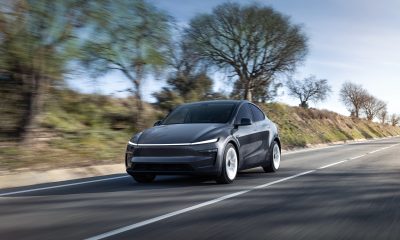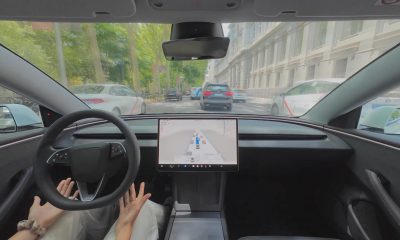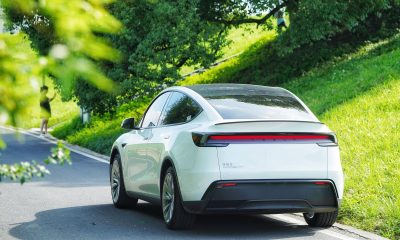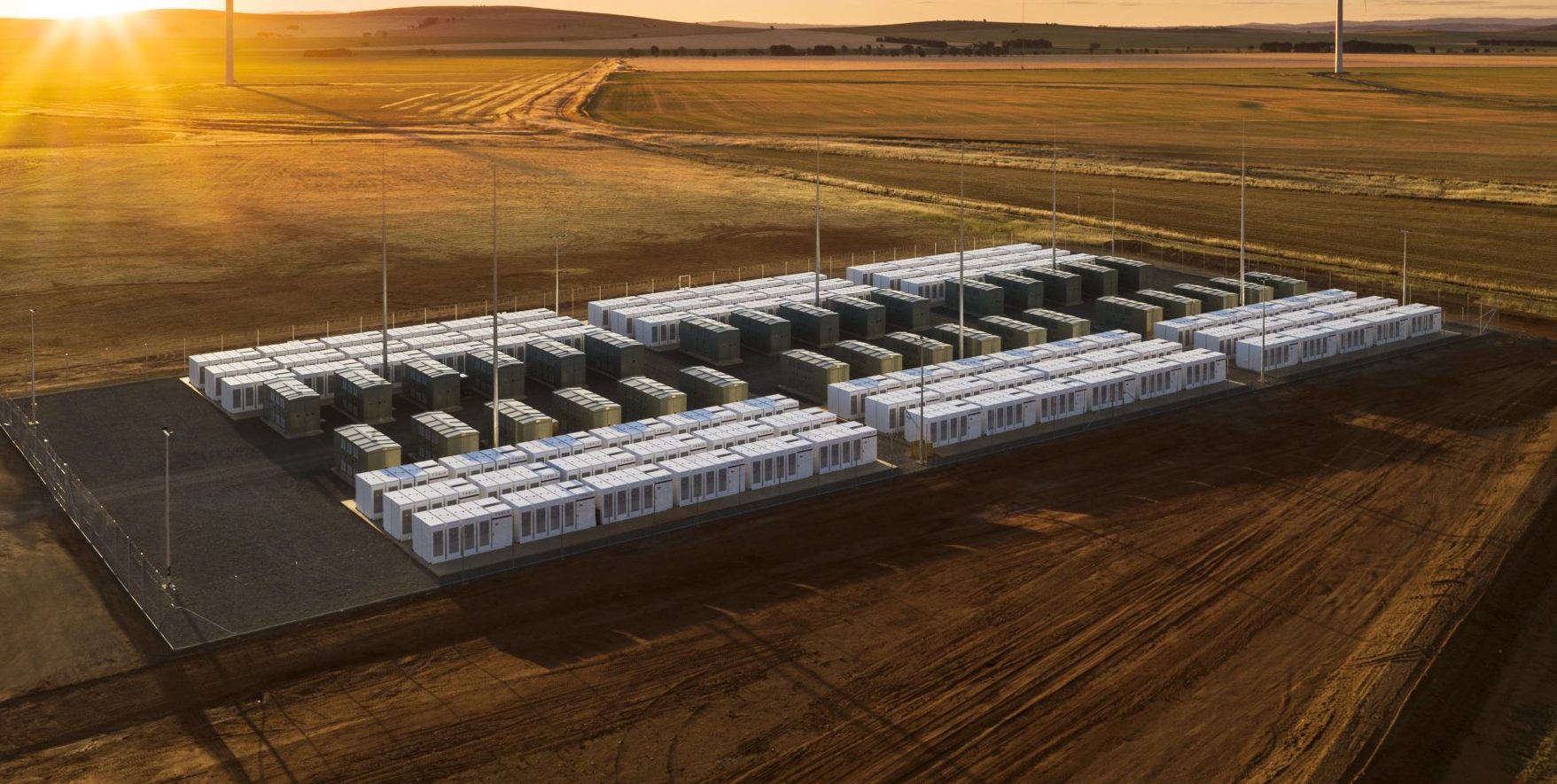

Energy
Tesla’s JB Straubel discusses batteries and scalability as new energy storage project is announced
Tesla Energy might not be attracting as much news as the company’s electric car business, but it has achieved some milestones of its own over the past few years. As of June 2018, Tesla had deployed a total of 1 GWh of energy storage worldwide, and during the company’s Q2 earnings call, Elon Musk and CTO JB Straubel reaffirmed Tesla’s commitment to growing its energy business over the coming years. Staubel even remarked that it might only be a matter of time before Tesla Energy overtakes the company’s electric car business in size.
Tesla’s batteries, such as the Powerpacks deployed on the Hornsdale Power Reserve in South Australia, are proving themselves as viable alternatives to fossil fuel-powered plants, and this is partly due to the fact that the energy industry hasn’t really evolved much over the past few decades. Tesla CTO JB Straubel highlighted this point in a recent segment with The Verge.
“You know, the electric grid hasn’t changed that much from 100-some years ago when Tesla and Edison were actually inventing it. Most people don’t realize, but it’s instantaneously matched — every time you turn on a light switch in your house, instantaneously, a power plant, somewhere, connected to that same grid, has to ramp up a little more power output to make the light operate,” Straubel said.
Most of the power used by cities today rely on large gas or coal-powered plants. In the United States, around 60% of power comes from fossil fuels, while ~20% comes from nuclear power stations. These large, baseload gas plants are consistent, but they are not very flexible. For example, when demand for power is too low, these plants lose money. When the demand gets too high, these facilities usually have to rely on faster, smaller plants called Peaker Plants to support the grid. Unfortunately, Peaker Plants are also traditionally dirtier than baseload gas plants. Straubel noted that this system causes the grid to get “dinged” on both sides.
“You get dinged when you don’t have enough load, and then when you have too much, you also get dinged inefficiently,” Straubel said.
It’s still going to take some time before clean energy solutions become capable of adequately supporting the power grid on their own. Renewable energy such as solar and wind, after all, are very promising, but they are not very consistent. Solar power can get compromised on a cloudy day, and wind power can be compromised when there is no wind. This is where battery storage comes in. Paired with renewable solutions, batteries such as Tesla’s industry-grade Powerpacks are able to store gathered energy and feed it to the grid when needed. Grid-scale chemical batteries only comprise a small part of the renewable energy market for now, but the use of batteries has been growing over the years. This, according to the Tesla CTO, would have been inconceivable ten years ago.
“That was kind of unheard of ten years ago. If you told someone that hey, a lithium-ion battery could do that sort of duty, storing solar energy every single day for ten years, they wouldn’t have believed it. I think the biggest thing is scalability. Batteries have this beautiful ability to vary economically, scale from gigawatt-hour-sized systems all the way down to 10 kilowatt-hours in your house,” Straubel said.
True to Tesla’s statement during its Q2 2018 earnings call, the list of the company’s energy projects continue to get longer. Just recently, Infigen Energy, an operator of renewable energy generation solutions in Australia, ordered a 25 MW/52 MWh energy storage system from Tesla. The batteries would be deployed at the 278.5MW Lake Bonney Wind Farm in South Australia and connected to the grid via the Mayurra substation. In a statement to Renew Economy, Australian Renewable Energy Agency (ARENA) chief Ivor Frischknecht expressed his optimism about the energy storage project.
“It is clear that grid-scale batteries have an important role in stabilizing the grid. The co-location of a battery with a wind farm provides an opportunity for Infigen to pursue regulatory changes that could improve revenue outcomes for grid-scale batteries, helping to become more competitive,” he said.
During Tesla’s 2018 Annual Shareholder Meeting, Tesla CEO Elon Musk mentioned that the company is getting closer to a battery breakthrough, with the company on pace to hit a battery cell cost of $100 per kWh by the end of 2018 depending on the stability of current commodity prices. Tesla also announced that production of residential energy products such as the Powerwall 2 and the Solar Roof tiles are set to see an increase within the next few quarters.
Energy
Tesla Lathrop Megafactory celebrates massive Megapack battery milestone
The Tesla Megapack is the backbone of Tesla Energy’s battery deployments.
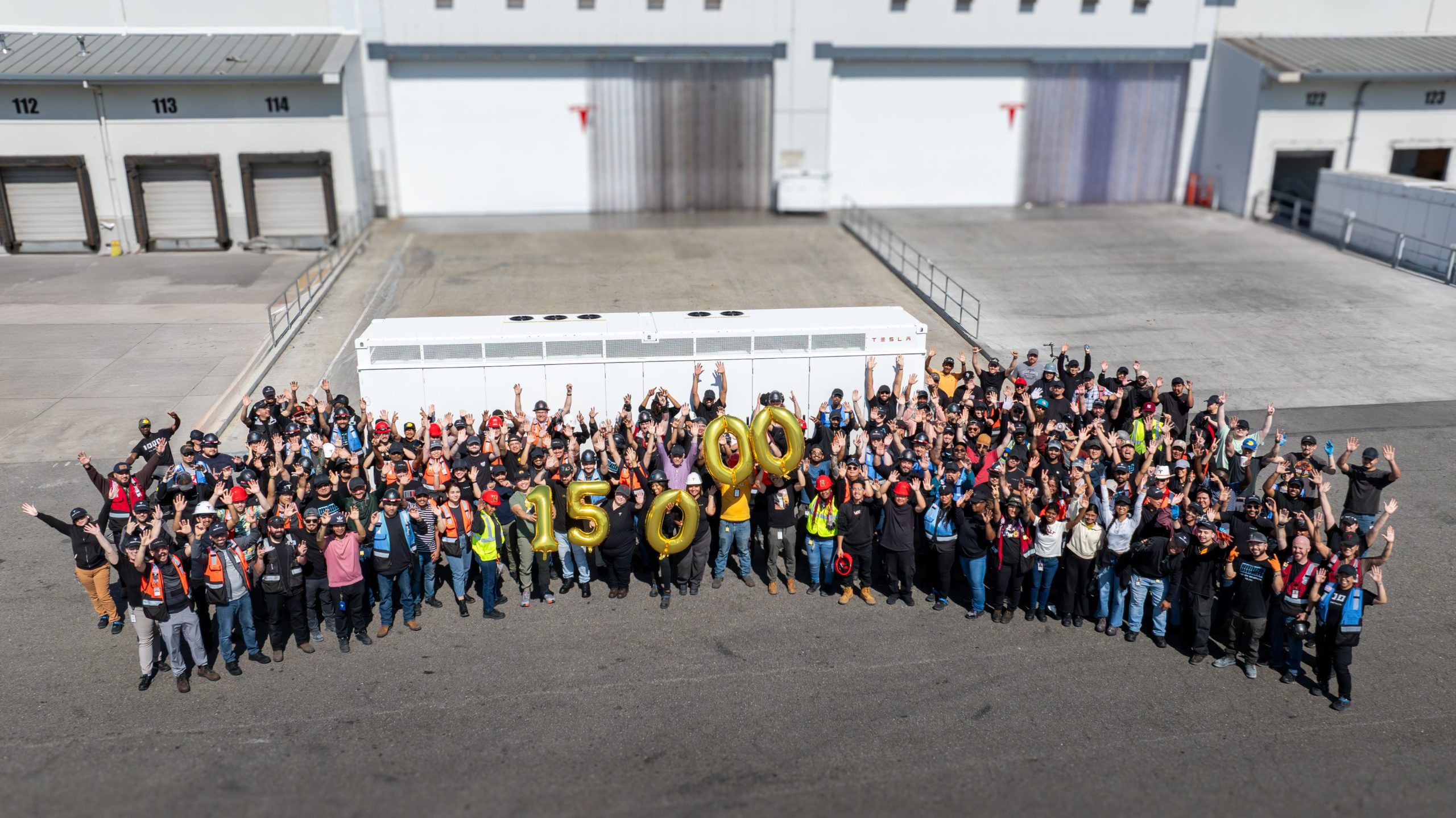
The Tesla Lathrop Megafactory recently achieved a new milestone. As per the official Tesla Megapack account on X, the Lathrop Megafactory has produced its 15,000th Megapack 2 XL battery.
15,000 Megapack Batteries
Tesla celebrated the milestone with a photo of the Lathrop Megafactory team posing with a freshly produced Megapack battery. To commemorate the event, the team held balloons that spelled out “15,000” as they posed for the photo.
The Tesla Megapack is the backbone of Tesla Energy’s battery deployments. Designed for grid-scale applications, each Megapack offers 3.9 MWh of energy and 1.9 MW of power. The battery is extremely scalable, making it perfect for massive energy storage projects.
More Megafactories
The Lathrop Megafactory is Tesla’s first dedicated facility for its flagship battery storage system. It currently stands as the largest utility-scale battery factory in North America. The facility is capable of producing 10,000 Megapack batteries every year, equal to 40 GWh of clean energy storage.
Thanks to the success of the Megapack, Tesla has expanded its energy business by building and launching the Shanghai Megafactory, which is also expected to produce 40 GWh of energy storage per year. The ramp of the Shanghai Megafactory is quite impressive, with Tesla noting in its Q1 2025 Update Letter that the Shanghai Megafactory managed to produce over 100 Megapack batteries in the first quarter alone.
Tesla Energy’s Potential
During the first quarter earnings call, CEO Elon Musk stated that the Megapack is extremely valuable to the energy industry.
“The Megapack enables utility companies to output far more total energy than would otherwise be the case… This is a massive unlock on total energy output of any given grid over the course of a year. And utility companies are beginning to realize this and are buying in our Megapacks at scale,” Musk said.
Energy
Tesla Megapacks powers the xAI Colossus supercomputer
Tesla Megapacks step in to stabilize xAI’s Colossus supercomputer, replacing natural gas turbines. Musk’s ventures keep intertwining.
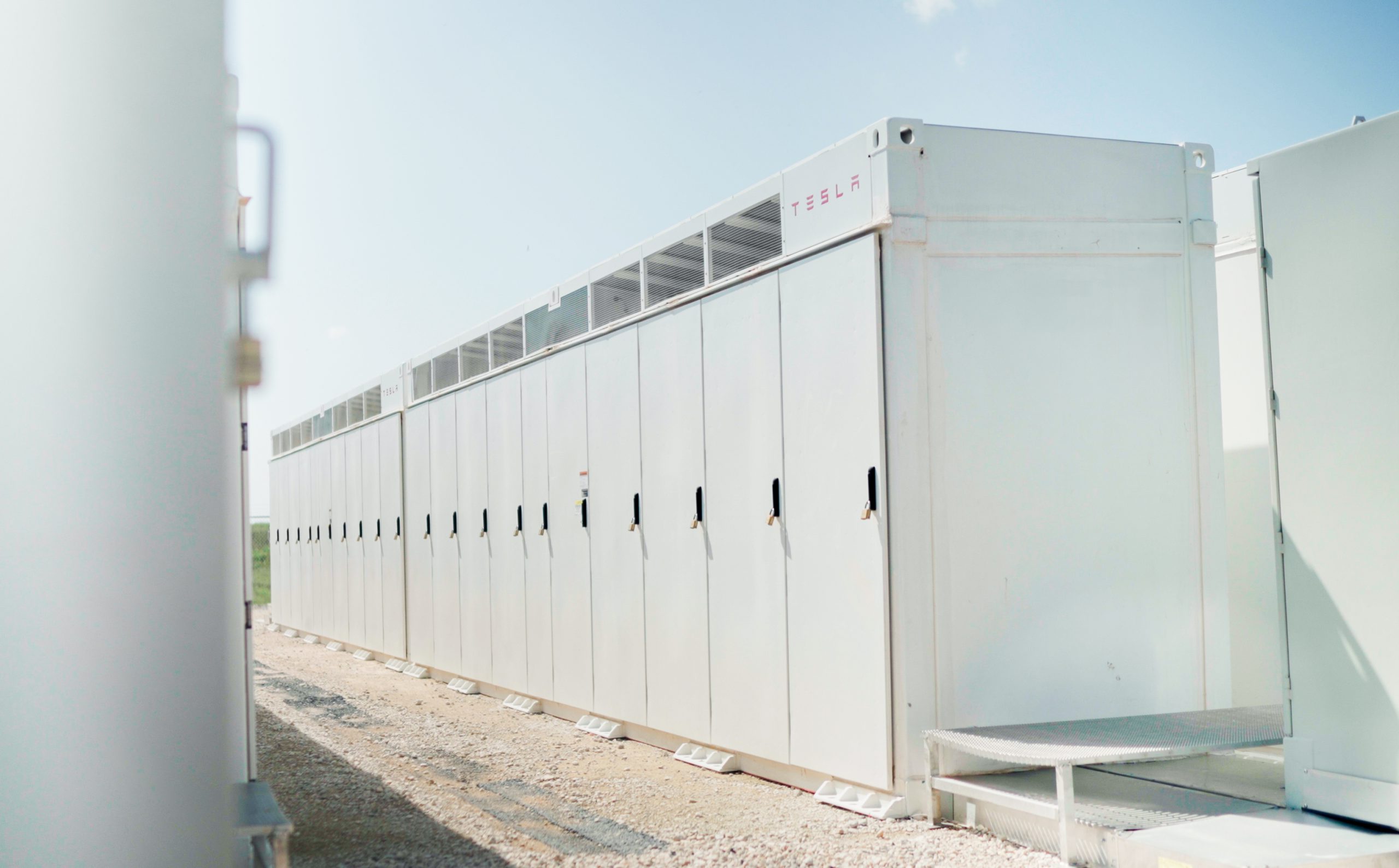
Tesla Megapack batteries will power the xAI Colossus supercomputer in Memphis to ensure power stability. The collaboration between Tesla and xAI highlights the synergy among Elon Musk’s ventures.
The artificial intelligence startup has integrated Tesla Megapacks to manage outages and demand surges, bolstering the facility’s reliability. The Greater Memphis Chamber announced that Colossus, recently connected to a new 150-megawatt electric substation, is completing its first construction phase. This transition addresses criticism from environmental justice groups over the initial use of natural gas turbines.
“The temporary natural gas turbines that were being used to power the Phase I GPUs prior to grid connection are now being demobilized and will be removed from the site over the next two months.
“About half of the operating turbines will remain operating to power Phase II GPUs of xAI until a second substation (#22) already in construction is completed and connected to the electric grid, which is planned for the Fall of 2025, at which time the remaining turbines will be relegated to a backup power role,” the Chamber stated.
xAI’s rapid development of Colossus reflects its ambition to advance AI capabilities, but the project has faced scrutiny for environmental impacts. The shift to Megapacks and grid power aims to mitigate these concerns while ensuring operational continuity.
The Megapack deployment underscores the collaboration among Musk’s companies, including Tesla, SpaceX, Neuralink, and The Boring Company. Tesla appears to be the common link between all of Musk’s companies. For example, The Boring Company built a tunnel in Giga, Texas. In addition, Musk has hinted at a potential collaboration between the Tesla Optimus Bot and Neuralink. And from January 2024 to February 2025, xAI invested $230 million in Megapacks, per a Tesla filing.
Tesla Energy reported a 156% year-over-year increase in Q1 2025, deploying 10.4 GWh of storage products, including Megapacks and Powerwalls. Tesla’s plans for a new Megapack factory in Waller County, Texas, which is expected to create 1,500 jobs in the area, further signal its commitment to scaling energy solutions.
As xAI leverages Tesla’s Megapacks to power Colossus, the integration showcases Musk’s interconnected business ecosystem. The supercomputer’s enhanced stability positions xAI to drive AI innovation, while Tesla’s energy solutions gain prominence, setting the stage for broader technological and economic impacts.
Energy
Tesla Energy celebrates one decade of sustainability
Tesla Energy has gone far since its early days, and it is now becoming a progressively bigger part of the company.
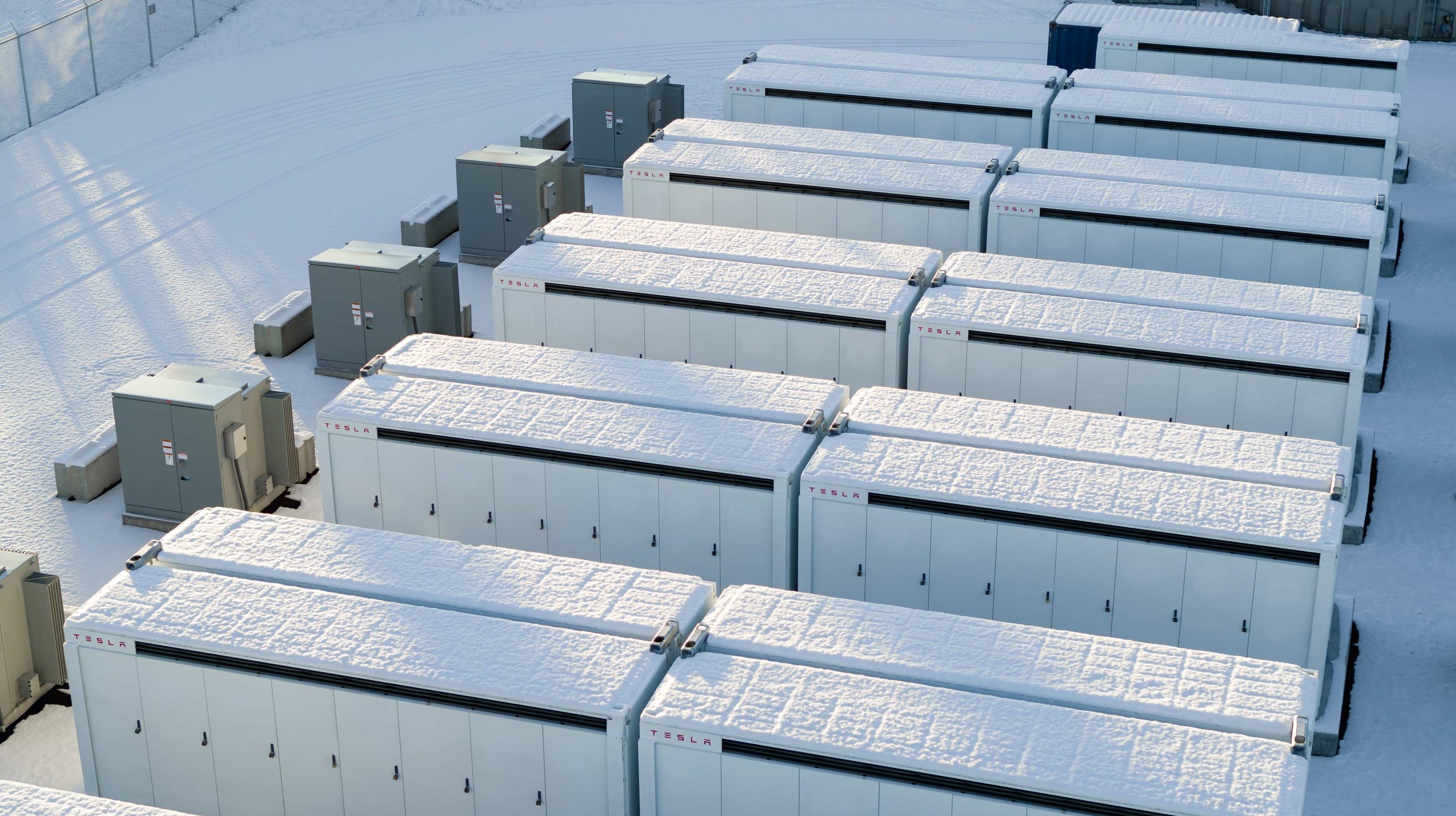
Tesla Energy recently celebrated its 10th anniversary with a dedicated video showcasing several of its milestones over the past decade.
Tesla Energy has gone far since its early days, and it is now becoming a progressively bigger part of the company.
Tesla Energy Early Days
When Elon Musk launched Tesla Energy in 2015, he noted that the business is a fundamental transformation of how the world works. To start, Tesla Energy offered the Powerwall, a 7 kWh/10 kWh home battery system, and the Powerpack, a grid-capable 100 kWh battery block that is designed for scalability. A few days after the products’ launch, Musk noted that Tesla had received 38,000 reservations for the Powerwall and 2,500 reservations for the Powerpack.
Tesla Energy’s beginnings would herald its quiet growth, with the company later announcing products like the Solar Roof tile, which is yet to be ramped, and the successor to the Powerwall, the 13.5 kWh Powerwall 2. In recent years, Tesla Energy also launched its Powerwall 3 home battery and the massive Megapack, a 3.9 MWh monster of a battery unit that has become the backbone for energy storage systems across the globe.
Key Milestones
As noted by Tesla Energy in its recent video, it has now established facilities that allow the company to manufacture 20,000 units of the Megapack every year, which should help grow the 23 GWh worth of Megapacks that have already been deployed globally.
The Powerwall remains a desirable home battery as well, with more than 850,000 units installed worldwide. These translate to 12 GWh of residential entry storage delivered to date. Just like the Megapack, Tesla is also ramping its production of the Powerwall, allowing the division to grow even more.
Tesla Energy’s Role
While Tesla Energy does not catch as much headlines as the company’s electric vehicle businesses, its contributions to the company’s bottom line have been growing. In the first quarter of 2025 alone, Tesla Energy deployed 10.4 GWh of energy storage products. Powerwall deployments also crossed 1 GWh in one quarter for the first time. As per Tesla in its Q1 2025 Update Letter, the gross margin for the Energy division has improved sequentially as well.
-

 Elon Musk4 days ago
Elon Musk4 days agoTesla investors will be shocked by Jim Cramer’s latest assessment
-

 News1 week ago
News1 week agoTesla Robotaxi’s biggest challenge seems to be this one thing
-

 Elon Musk2 weeks ago
Elon Musk2 weeks agoFirst Look at Tesla’s Robotaxi App: features, design, and more
-

 News2 weeks ago
News2 weeks agoWatch Tesla’s first driverless public Robotaxi rides in Texas
-

 News2 weeks ago
News2 weeks agoSpaceX and Elon Musk share insights on Starship Ship 36’s RUD
-

 News1 week ago
News1 week agoWatch the first true Tesla Robotaxi intervention by safety monitor
-

 News2 weeks ago
News2 weeks agoTesla has started rolling out initial round of Robotaxi invites
-

 Elon Musk2 weeks ago
Elon Musk2 weeks agoTesla to launch in India in July with vehicles already arriving: report


